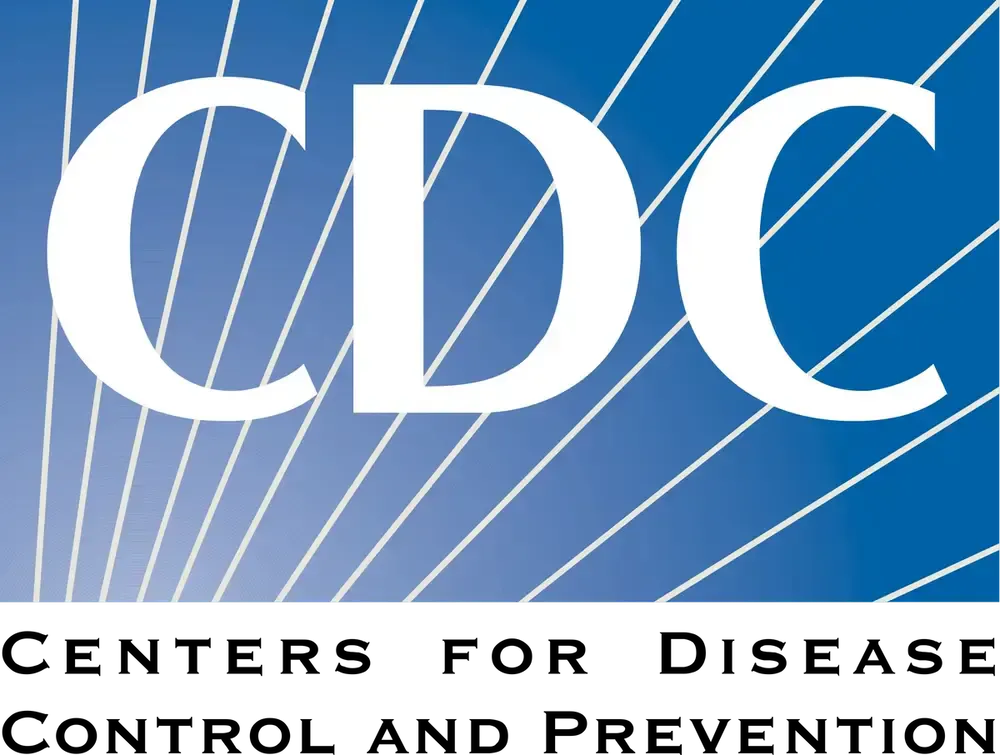The spread of the Anopheles stephensi mosquito, an invasive malaria vector, poses a significant threat in Africa. This species, not accounted for in traditional identification keys, heightens the risk of misidentification, complicating malaria control efforts. Published in Emerging Infectious Disease, the Centers for Disease Control and Prevention (CDC) has been at the forefront of addressing this challenge through innovative detection methods.
Cristina Rafferty, BSc, lead author and molecular biologist with the CDC’s Entomology Branch, underscores the urgency of addressing the spread of the invasive An stephensi mosquito in Africa,
“There is an invasive mosquito called the An stephensi mosquito, which has been spreading through Africa. It threatens to increase the risk of malaria for an additional 126 million people per year in Africa, beyond those already at risk, due to its different behavior and distinct physiology. To address this threat, it is crucial to speed up the early detection and swift response to this mosquito species.”
Gloria Raise, student researcher working with the CLASS assay.
Image credits: CDC

Introducing the CLASS Assay
This test developed by Rafferty, other CDC experts, and interns, the colorimetric loop-mediated isothermal amplification (LAMP) assay, also known as the CLASS assay, represents an advancement in malaria vector surveillance. This innovative tool addresses the limitations of traditional molecular methods by offering a rapid and reliable means of detecting An stephensi. Field trials conducted in collaboration with WHO and national health authorities in affected countries have demonstrated the assay’s effectiveness in detecting An stephensi with 100% specificity and sensitivity. Rafferty elaborates on its simplicity,
“All a field workers would need is a heat source of some sort. It can be as complex as a lab heat block or a thermal cycler, but it can also be as simple as hand warmers. Additionally, they would need the necessary reagents. The process involves setting up a reaction where you can use either DNA or a mosquito leg directly. After exposing it to heat for 30 minutes, you can visually determine if the reaction has changed. This change is color-based: the reaction starts pink, but if it detects An stephensi, it will turn yellow.”
Schematic for colorimetric loop-mediated isothermal amplification assay to detect invasive malaria vector An stephensi mosquitoes.
Image credits: CDC

To confirm the presence of An stephensi, crucial for mapping and control strategies, researchers rely on molecular confirmation through Sanger sequencing. This innovative tool demonstrates high sensitivity and specificity, even when dealing with mixed samples and diverse genetic backgrounds.
Rafferty, also US President’s Malaria Initiative (PMI) Molecular Biologist at CDC continues offering more extensive expertise in their research approach,
“We came up with a method that would allow the field to be able to detect this mosquito in real time and to then be able to respond quickly so that countries can prevent this mosquito from spreading and stop the spread of malaria before it even starts.”
JeNiyah Scaife, student researcher working with the CLASS assay.
Image credits: CDC

Anopheles stephensi and its Threat
Since its detection in Djibouti in 2012 during a malaria outbreak, An stephensi has rapidly spread to several African countries, including Ethiopia, Sudan, Somalia, Nigeria, Ghana, Eritrea, and Kenya by 2023. This expansion has coincided with a significant increase in malaria cases and unique outbreaks, posing challenges to traditional malaria control methods like insecticide-treated bed nets and indoor spraying. The CDC has been instrumental in monitoring and analyzing the spread of An stephensi, highlighting its impact on public health in Africa. Predictive models suggest that its continued spread in Africa could expose an additional 126 million urban residents to malaria. In response, the WHO and global partners have launched initiatives to enhance surveillance and rapid response capabilities to mitigate further spread and impact.
Implications of Anopheles stephensi Spread
In response to the CDC’s findings and global health concerns, initiatives led by the World Health Organization (WHO) and international partners aim to enhance surveillance and rapid response capabilities. These efforts are crucial in mitigating the further spread and impact of An stephensi on global malaria control. The CDC continues collaborating with global partners to develop comprehensive strategies for monitoring and controlling the spread of An stephensi, ensuring that countries are equipped to respond swiftly and effectively to prevent malaria outbreaks associated with this invasive mosquito species.
“Our hope is that this capability will eliminate bottlenecks in quickly detecting An stephensi in countries. Swift detection enables faster responses, which is crucial for global security and halting the spread of this invasive mosquito species. By stopping its spread, we can prevent the transmission of malaria associated with An stephensi,” emphasizes Rafferty.
In conclusion, the development of accurate molecular species identification tools, exemplified by advancements like the CDC-supported CLASS assay, is essential for sustaining gains in malaria control efforts. By enhancing the ability to detect and respond to invasive species like Anopheles stephensi, these tools empower public health efforts in combating malaria and advancing towards a malaria-free world.
To learn more about Rafferty and the CDC’s journey with the CLASS assay: https://www.youtube.com/watch?v=qe0sr08KBak








